Evelin Kasikov is a graphic designer and author of CMYK embroidery. Her work is a cross-over between contemporary textile design and digital craft. We were introduced to Evelin’s intriguing and highly modern body of work by Textile Study Group graduate of the year Rachel Parker.
Digital textile design is actually a second career for Evelin, as she spent 10 years working in advertising before going on to train at Central St Martins College of Art in London. Evelin’s graphic design background means that her approach to stitch and craft is analytical and seeks to challenge the preconceptions of traditional embroidery. To achieve this, she employs typography, grid systems and contemporary design techniques. Although she doesn’t consider herself to be a textile design artist, her illustrated embroideries have enjoyed great acclaim, having been commissioned by The New York Times, WIRED and The Guardian.
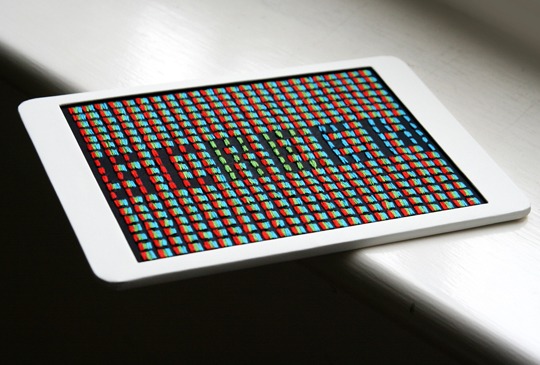
Craft and embroidery in the context of graphic design and typography
TextileArtist.org: What initially captured your imagination about graphic art and contemporary textile design?
Evelin Kasikov: I first became aware of of ‘graphic art’ during my BA degree at the Estonian Academy of Arts. It was a fine art course with a focus on printmaking. But there was also a small unit called something like ‘applied graphic art’. We had briefs to design posters, set type on letterpress and come up with book layouts.
I probably didn’t think of it as ‘graphic design’ at the time but I loved it much more than etchings and dry-points! Then I won a competition for stamp design, it felt like a big achievement for a student, to have work commissioned and published. I think this first commission made me realise that I could be a graphic designer
What or who were your early influences and how has your life/upbringing influenced your work?
It’s hard to say if my upbringing has influenced my work, neither of my parents are artists. But I have drawn as long as I can remember.
What was your route to becoming an artist? (Formal training or another pathway?)
I did a Fine Art graphics BA at the Estonian Academy of Art, but after graduating I started working as a graphic designer in advertising, which mid-nineties was really exciting and new area to get into. After ten years I quit my job and moved to London to study for masters degree at Central Saint Martins. I graduated from MA Communication Design course in 2008. There I focused on personal work and got really excited about the idea of craft and embroidery in the context of graphic design and typography.
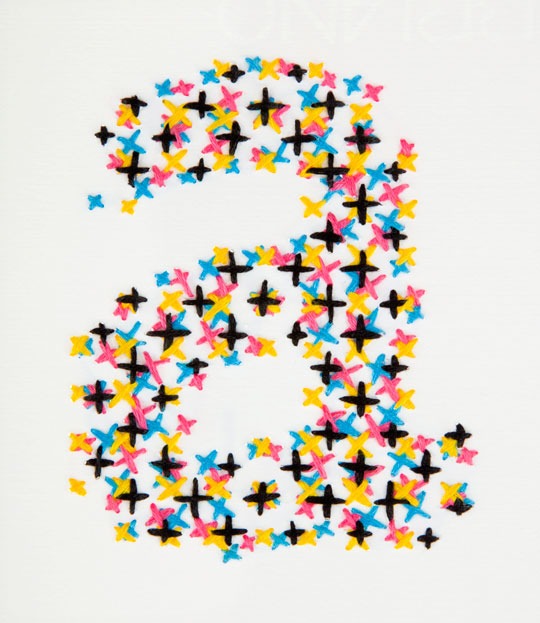
The meditative process of making
Tell us about your chosen techniques
I use traditional cross-stitch technique but in a contemporary textile design context. I enjoy combining mathematical precision with handmade craft. A big part of a project is preparing the design in Adobe Illustrator.
I take great pleasure in working out the grid and the integral structure of the piece. Nothing is random. For instance I recently did two wall installations for an ad agency, two different designs but both based on 25mm square grid unit. For a 3 x 5m wall this is a high degree of accuracy.
How do graphic design and craft cross over in your work? How does one inform the other?
I came to craft from graphic design background. The idea of CMYK stitching came up in my mind not because I love cross-stitch, but because I am a graphic designer and I know how printing process works. I only started using cross-stitch because it suited my idea of visualising colour structure. What I love most about craft is the slow, meditative process of making. Stitching can be a tedious process but I don’t mind routine.
How would you describe your work and where do you think it fits within the sphere of contemporary art?
I define my work first of all as typographic illustration. It can take many forms, from super big wall art to an editorial illustration. I love to work to a brief and work with clients. I never thought of myself as an artist or designer maker. It’s still graphic design to me, stitching is just another way of image-making.
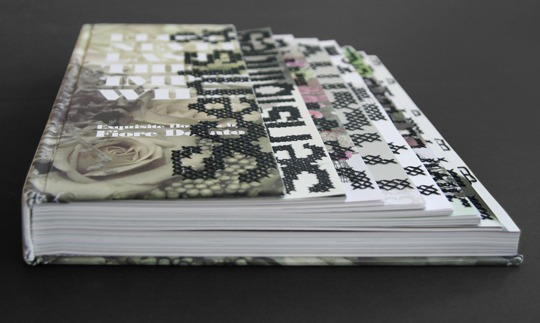
Typographic experiments
Tell us a bit about your process and what environment you like to work in?
I don’t have lots of equipment, only my Macbook, digital textile design software, Intuos pen tablet and a printer. These are my tools to design a piece. Then I have my papers, threads, toolbox, bookbinding frame… these are my tools to make the piece. My live-work space is the same. I live in South East of London, in Greenwich. I am well aware that I’m missing out a lot because I’m not part of a studio environment. But, commuting in London can easily take up several hours in a day and working from home is just more efficient for me right now.
What currently inspires you and which other artists do you admire and why?
Canadian illustrator Marian Bantjes is a huge inspiration for me, not in terms of style, my work is very different from hers. But, she made a major career change and managed to turn her personal work into commercial success. To be able to make a living doing what I love – that’s what I hope to achieve. It is encouraging to know that this is possible.
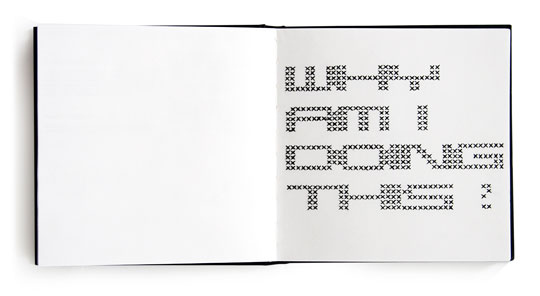
Tell us about a piece of work you have fond memories of and why?
It’s a stitched page from my MA sketchbook. As you can see, at the time I had no idea what I was doing. I knew I loved the tactile side of design: papers, print finishes and so on. I did some typographic experiments which included craft, like a crocheted poster. But I had no idea where this could go or how to build an MA project on these ideas. My tutors were all very supportive of the idea to use embroidery in graphic design context. Looking back now, what started out as a clumsy sketchbook experiment has grown into something that looks almost like a job.
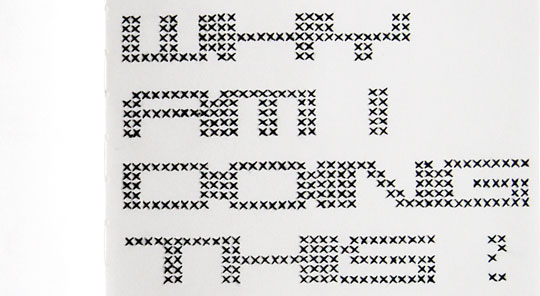
A radical change
How has your work developed since you began and how do you see it evolving in the future?
My graphic stitching work started as an academic project without any idea how it could fit into industry. My first commercial commission was a stitched lettering illustration for The New York Times Magazine. I love editorial illustration and I hope to get more commissions in that area. In college I was not confident about my typographic skills but now I feel like custom lettering is the area that I’m most excited about.
Recently I also had an opportunity to work on a couple of large scale installations and I really enjoyed the challenge. In future, it would be great to get my hands on a variety of projects from fashion to product design and book covers. I love book design and I would also love to work on bespoke/experimental book projects which challenge the form of the book.
Do people commission your work? If so, how do you go about meeting their requirements?
Yes, I’m lucky to have had quite a few commissions. It has not been difficult to meet clients requirements. Commissioners usually approach me because they already like my work and the design process feels more like a collaboration. Also, before moving to London I worked in advertising in Estonia for almost ten years, so I have quite a bit of professional experience under my belt.
When I graduated from St Martins in 2008, I didn’t see any value in my previous commercial experience. My work changed radically during my MA and handmade illustration was just completely new area to me. But when I started getting commissions, I realised that the ability to work to a brief, to work with ideas really quickly, to cope with tight deadlines and generally ‘get things done’ are very useful skills.
There is however one difficult aspect in the process: with handmade, ‘material’ design, there really isn’t a way to get everything approved before making the piece. Even with careful planning the final piece can be a bit unpredictable. So with client work there’s always this question in the back of my mind: do they actually like the final work? Luckily so far I haven’t had any problems.
How do you go about choosing where to show your work?
I guess I have learned through trial and error. I have made mistakes too. As a graduate I jumped on every opportunity to exhibit work. Once I took part in an exhibition where my work was completely out of place. Something like this can be a costly and time-consuming mistake especially if work was made specially for the show. Now I’m definitely more aware of the context in which my work belongs.
For more information please visit: evelinkasikov.com
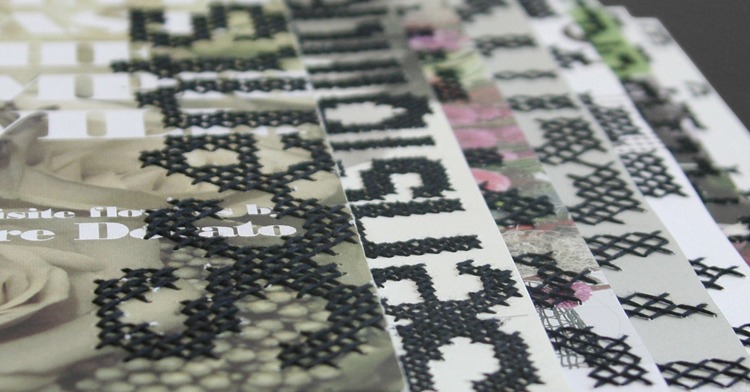
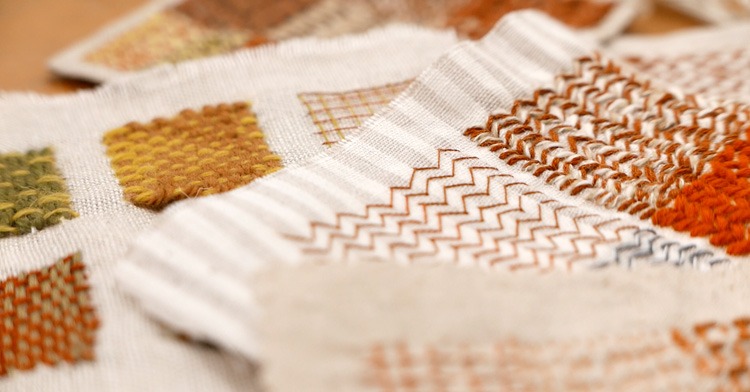
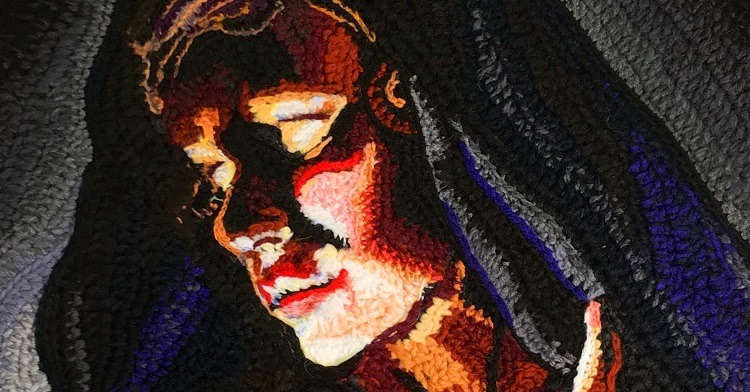
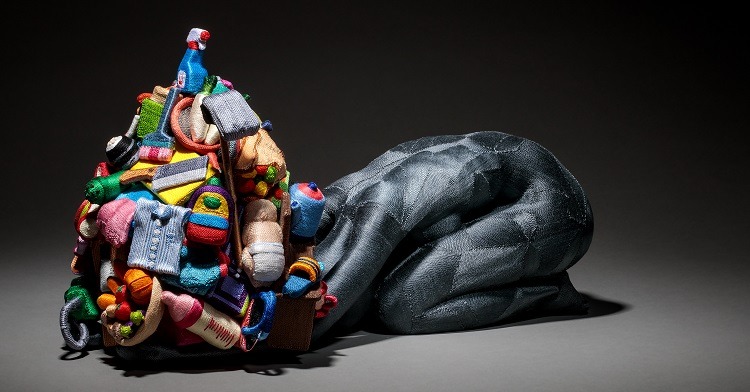
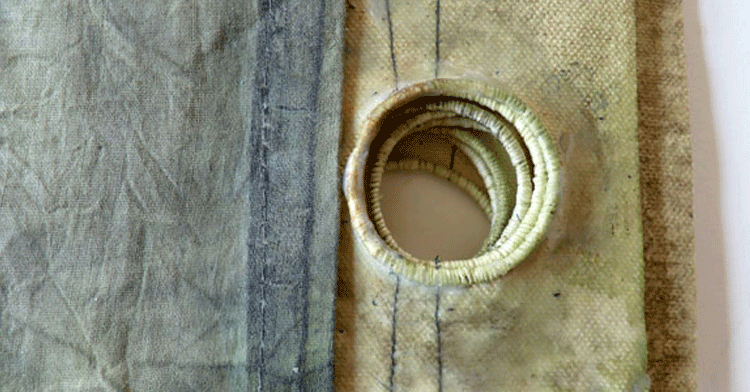
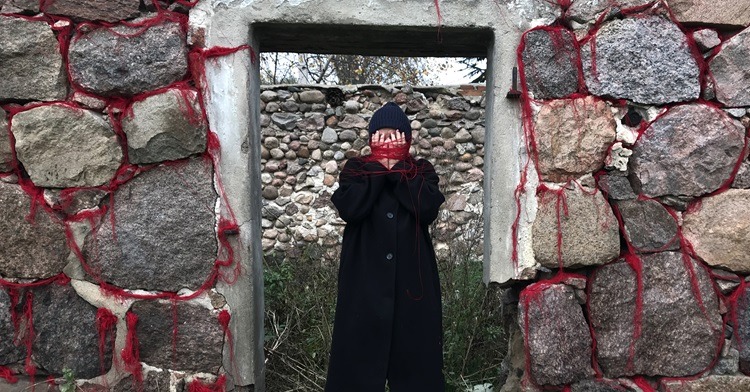
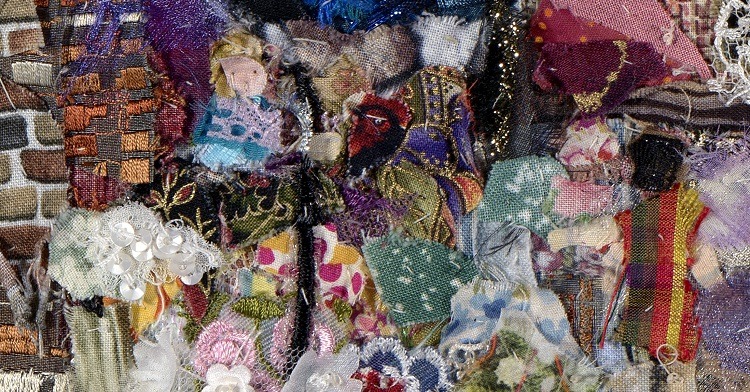
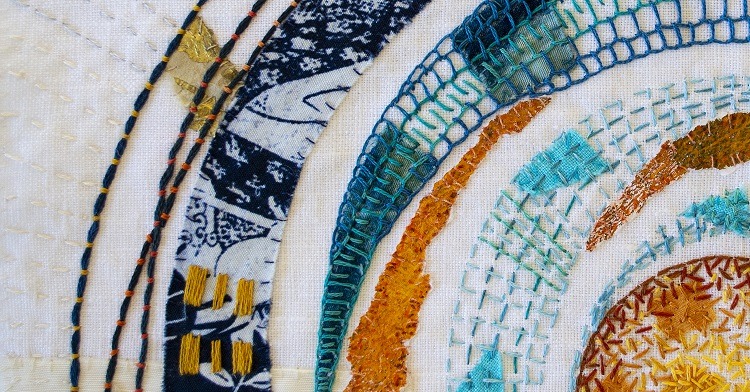
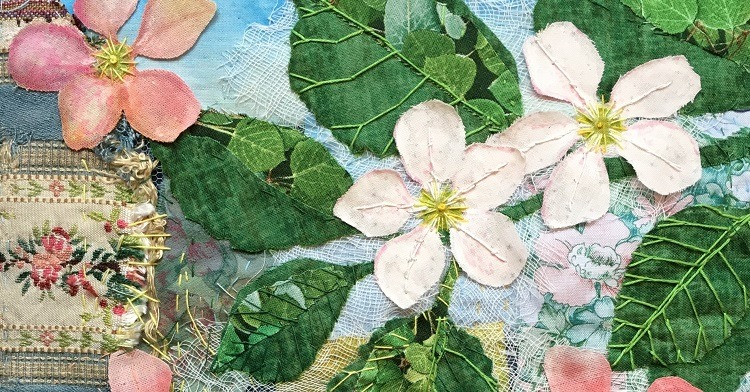
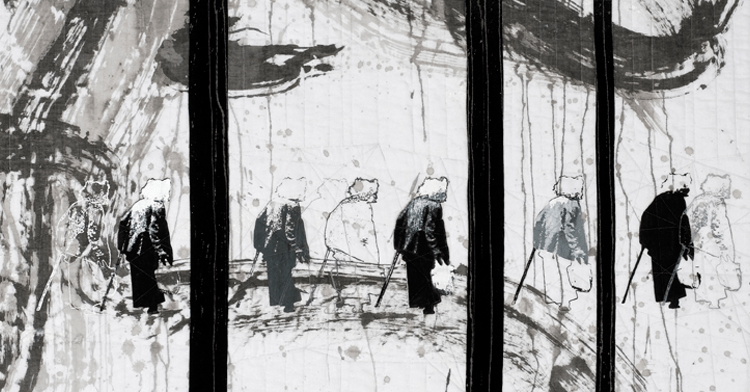
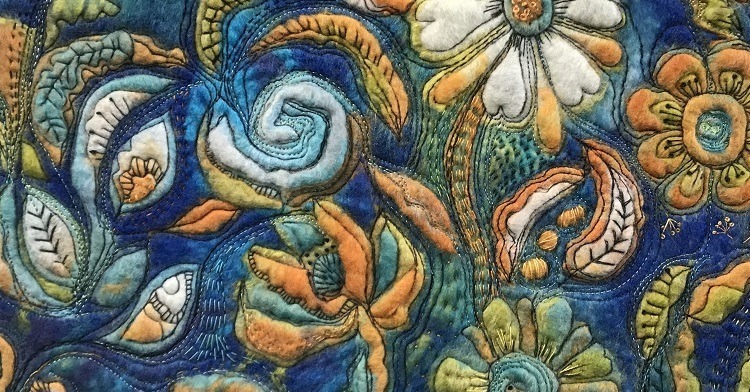
Comments